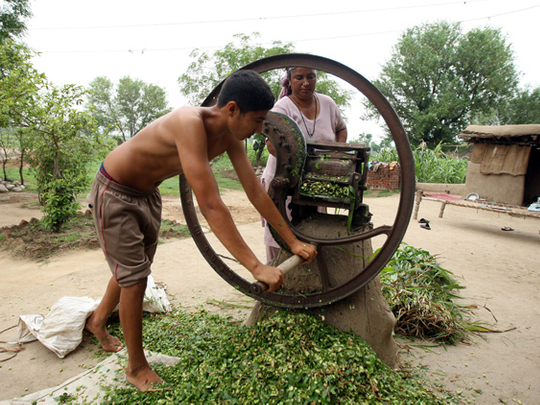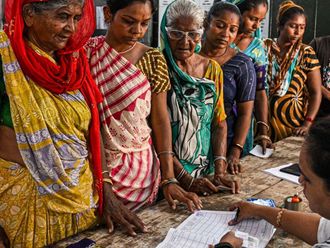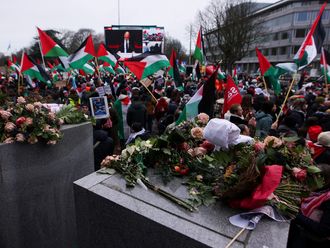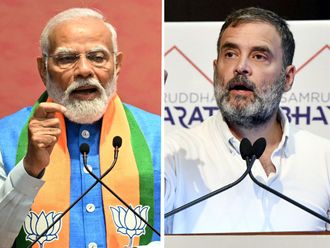
More than a quarter of the world’s poor are in the world’s largest democracy and it seems like it should somehow make sense except that it does not. For India to have come to this sorry state is due to the lack of farsightedness, a skill it possessed in abundance for centuries and which it suddenly lost after wresting control of its own destiny from the British in 1947.
According to a United Nations report, India has 32.9 per cent of the world’s poor. How did it end up this way? The answer is simple: The complexity of the country, with its many castes, cultures and religions, has been exploited for decades as corruption and the curse of vote-bank politics ossified the demographics. Many argue that India’s poverty is due to its unchecked population growth. But much of this problem has its roots in other problems — gender inequality, lack of education, disproportionate distribution of wealth, skewed economic reforms and employment creation, lack of primary health care, high girl-child mortality, illiteracy and an overemphasis on urban development.
India needs to reset the balance between urban and rural growth, between its subsidised and liberalised industrial sectors and revive its small-scale industries. It needs to revitalise its rural economy. It needs to get rid of its caste bias that has led to a staggering social and economic inequality. Educating women and protecting girl children are critical goals. Empowered, educated women are powerful catalysts of social and economic change. The Modi government has promised to fight poverty-perpetuating measures. If it is serious about this, it needs to, as a first step, dig deep into the Indian soil to uproot the deadwood of its outmoded, outdated social beliefs and systems. True change can only begin on a level playing field. The sooner India creates it, the faster it can change its future.








